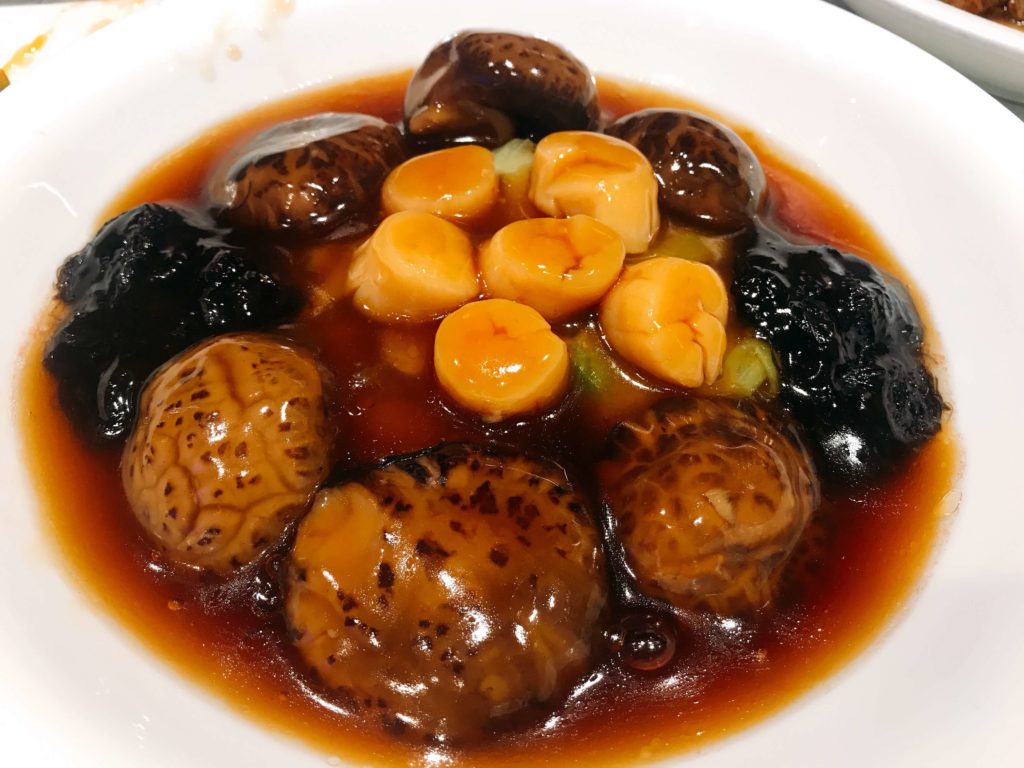Imagine plates teeming with food and completely covering the dining table, small children running around the tiny, cramped apartment, adults huddled around the television, trying to block out the piercing voices of their sugar-high children – these are the essentials that make up a Chinese New Year’s Eve dinner.
Also known as Tuen Neen Fan (團年飯) or reunion dinner, this feast is eaten the night before the first day of the Chinese New Year, and is when the entire family gathers to conclude the year together before a new beginning. The Chinese New Year’s Eve dinner plays a significant role in Chinese culture, and is one of the traditional events Chinese communities worldwide look forward to most.
However, Chinese New Year’s Eve is going to look quite different this year. As the COVID-19 pandemic continues to affect the globe, Chinese families will likely have to cancel Tuen Neen Fan plans for the sake of keeping their loved ones and communities safe. Still, the spirit of reunion lives on, even if it’s over a Zoom group call.
Be a part of embracing the spirit of reunion by learning about the symbolism behind the dishes served at Tuen Neen Fan. Besides chicken, fish, and tongyuen (glutinous rice dumplings), which are also eaten at Chinese Winter Solstice Dinners, here are a few of the most widely-eaten dishes at Chinese New Year’s Eve dinners.

Braised mushrooms, dried scallops with black moss and lettuce.
1. Prawns
Chinese families love having prawns at their Chinese New Year’s Eve dinner because prawns symbolize laughter and happiness (the Chinese word for prawns (蝦) is pronounced ha in Cantonese). For festivities, the bigger the prawns, the better. Think tiger prawns stir-fried in soy sauce and chopped spring onions, or even tossed in rich, buttery salted egg-yolk.
2. Pig’s trotters
Serving pig’s trotters are believed to bring wealth to families as the Chinese term for pig’s trotters represents a lucky saying (橫財就手) that wishes people good fortune. Whole pig’s trotters are cut into smaller chunks and stewed in savory sauces, often with mushrooms or lotus root. The chunks are absolutely delicious when done well, sticky and gelatinous and tender– the perfect accompaniment to a warm bowl of rice.
3. Black moss
If you ever attend a Chinese New Year’s Eve dinner, it’s highly likely that you will be served a brown-hued stew of funny-looking ingredients, including one that looks like a mass of thin, black hair. This ingredient is actually black moss, which is found in the Gobi desert and often mistaken as a form of seaweed. Named fat choi (髮菜) in Chinese, its name is homophonic with the phrase fat choi (發財), which means making a fortune.
4. Dried oysters
Dried oysters are named ho see in Chinese (蠔豉), which sounds very similar to the phrase for good business (好事, pronounced ho see as well). These little morsels are small but pack a punch. Usually thrown into stews with black moss, they add a lot of umami and a delicious brininess to any dish.
5. Lettuce
Lettuce is often tucked under the black moss and dried oyster stew, soaking up all the yummy goodness and adding texture to the dish. The Chinese name for lettuce is sang choi (生菜), which sounds like the phrase for making money (生財), and is therefore served at Chinese New Year dinner for good fortune in the new year ahead.
Celebrate the coming Year of the Ox by making your own Black moss and dried oyster stew! A big feast might not be possible at your Chinese New Year’s Eve dinner in 2021, but you can still make these dishes for those who live with you. Here’s to a brighter, healthier Chinese New Year ahead!


